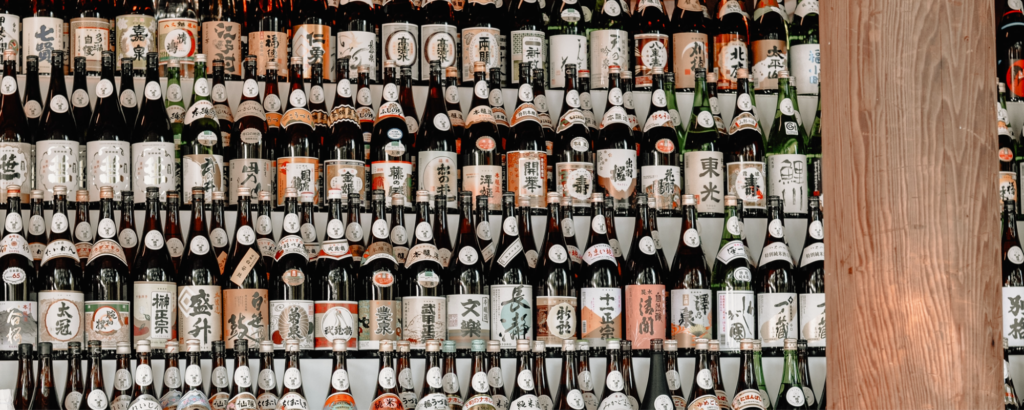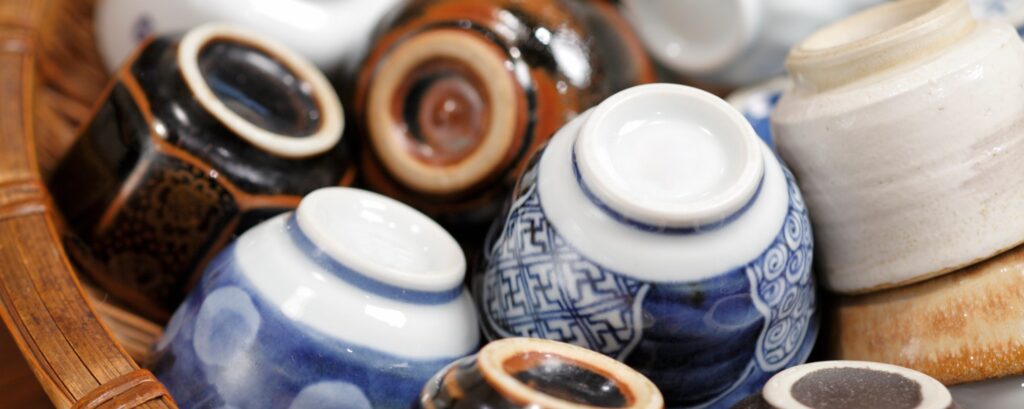
Serving
Aroma of Sake – what you can sense from the odor of Sake
As you are already aware, Sake is rich in variety and there are a number of labels available. Taste comes first when evaluating the quality of Sake, of course, but its evaluation criteria should also include aroma. This article focuses on the aroma of Sake.
The importance of aroma

It is often the case that the quality of Sake is solely evaluated by its ‘taste’, however, in fact, aroma also plays an important role to its entire flavour. The influence of aroma can be experienced by each of us, for example when having a stuck nose due to a cold. In addition, if you taste chocolate with your nose pinched, not being able to smell it, you should taste it differently from the normal taste of chocolate, even if you still sense the sweetness. They are the exact examples where the sense of ‘taste’ is affected by aroma. When you release the pinched nose, you will probably feel the transformation of the taste. The transformation is caused by an effect of ‘aroma’ to the ‘taste’.
Classification and description of aroma of Sake

The aroma of Sake can be divided into 4 categories:
Ginjo-ko : fruity and floral smells
Genryo-ko : smells of ingredients such as rich and rice koji
Jukusei-ko : fermented smell which is acquired by aging
Nyusan-ko : smell of lactic acid which can be compared to dairy products
Expressions how to describe Sake aroma

Range of expressions utilized for the aroma of Sake are as follows:
Fruity (フルーティー)
Aroma which are described by fruits like apples, bananas and lychees, with gorgeous and sweet smells are described as fruity. Daiginjo Sake is likely to contain this aroma and even loved by non-experts of Sake.
Splendid, ‘Hanayaka’ (華やか)
Aroma acquired by Daiginjo Sake and Ginjo Sake are called Ginjo-ko. The aroma that emits soft sweetness as plums, cherry flowers and roses tends to create a gorgeous ambiance, which leads to a description of ‘splendid’.
Rich, ‘Fukuyoka’ (ふくよか)
The aroma unique to rice and grains are often described as ‘rich’. It is a typical aroma acquired by freshly cooked rice and the rice grains, otherwise deep nuts aroma of chestnuts and peanuts etc.
Refreshing, ‘Sawayaka’(爽やか)
The description ‘refreshing’ is utilized when fresh aroma can be acquired from a light acidity. Smells of lemons, limes and other citric fruits, leaves of bamboos, and green bamboos which associate to the young green smells as well as cryptotaenia japonica and cherry leaves.
Fermented aroma, ‘Jukusei-kan’ (熟成感)
The expression is used for the aged Sake. Aged Sake has a deep thick aroma with caramel, nuts and cherry. Aged over 10 years and more, the aged Sake starts to have spicy flavours as medical herbs, or coffee-like roasty flavours.
Sake vessels

In order to maximize the aroma of Sake, it is recommended to choose a suitable vessel. Why don’t you try a wine glass? Due to its size and shape, wine glasses tend to hold aroma of Sake for a longer period compared to choko, a typical Sake vessel. If you are used to drink Sake using a choko, you might feel a little surprised. However, it is getting popular to use wine glasses when drinking Sake. What is more, wine glasses are ideal to compare the colours of Sake as they are transparent.
Even if you are not fully conscious, when drinking Sake you are also sensing its aroma. If you pay more attention to its aroma, the journey to Sake world will become even more interesting, Aroma, being invisible, is a difficult to be explained, however, if you have some knowledge of aroma of Sake, it will help you select a bottle. When selecting Sake next time, try to focus on its aroma, too. You will fully enjoy its taste and aroma to capture its features.
ikki is looking for a partner who can post your knowledge or activity on our media. If you are interested please contact us through CONTACT page.








